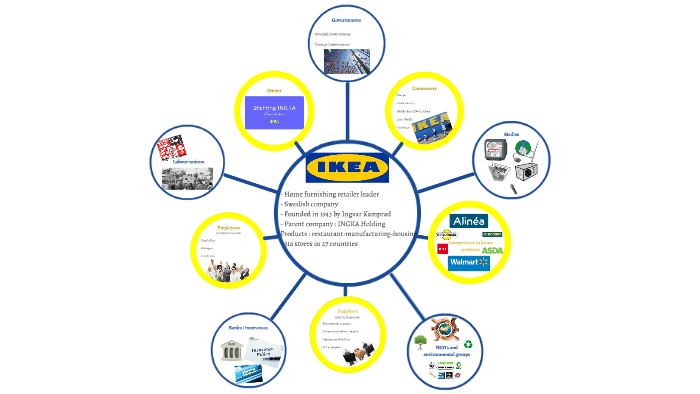A restaurant has many stakeholders, each of whom has a vested interest in the success and operation of the business. These stakeholders include the owners, employees, customers, suppliers, financiers, and the community in which the restaurant operates.
The owners of the restaurant are the primary stakeholders, as they have invested their time, money, and effort into establishing and running the business. They are responsible for setting the overall direction and strategy of the restaurant, as well as making decisions about its operations, finances, and marketing.
Employees are also important stakeholders, as they are responsible for carrying out the day-to-day operations of the restaurant and providing a high level of service to customers. They rely on the restaurant for their livelihood and need to feel valued and supported by the business in order to perform their best.
Customers are the primary source of revenue for a restaurant, and their satisfaction is critical to the success of the business. They expect high-quality food, good service, and a pleasant atmosphere when they dine at a restaurant. In order to meet these expectations, the restaurant must ensure that its products and services are of the highest quality and that its employees are well-trained and motivated.
Suppliers are another important stakeholder group, as they provide the raw materials and ingredients necessary for the restaurant to operate. A restaurant needs to maintain good relationships with its suppliers in order to ensure a steady supply of high-quality products at competitive prices.
Financiers, such as banks and investors, are also stakeholders in a restaurant. They provide the capital needed to start and operate the business, and expect a return on their investment through profits and dividends.
Finally, the community in which a restaurant operates is also a stakeholder, as the business has an impact on the local economy and may be seen as a reflection of the community's values and culture. A restaurant can contribute to the community through its support of local suppliers, involvement in community events and charities, and by being a good neighbor.
In conclusion, a restaurant has many stakeholders who all play a role in its success and operation. By meeting the needs and expectations of these stakeholders, a restaurant can achieve long-term sustainability and prosperity.









